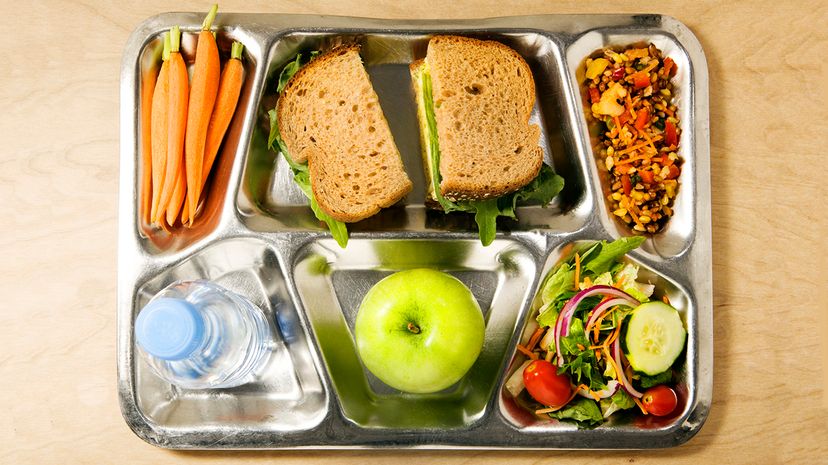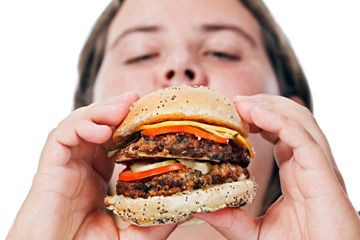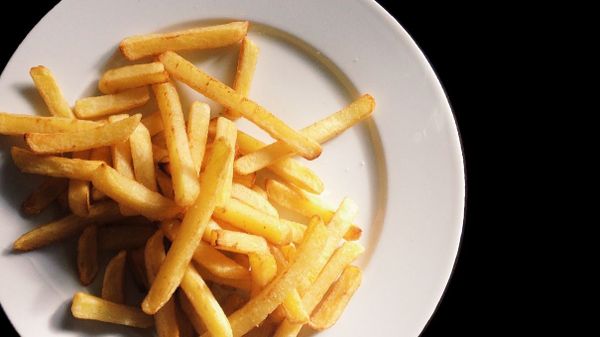"There's no real name for it. It's just conveying a personality type," says Juliet A. Boghossian, a self-described behavioral food expert and the founder of the site Food-Ology. "They're very ... I hate the word 'obsessive,' but I'm going to use it. They can be obsessive with their detail. Meticulous with the details. Order. Structure. They need the order and structure. And part of it, it's often because they're trying to protect the integrity of a given situation."
Boghossian likens isolationist eaters to another well-known kind of quirky eater, the one who insists that no food item on the plate touches another. Everything separate. Every portion to its own plot of plate real estate.
The difference in those two eaters is that the one type — the one with the phobia over food touching — is fairly well known in science. Others, like the isolationist eaters, are not so well defined or studied, making it more difficult to come to conclusions or even make assumptions.
"I think it really depends on the behavior," says Nancy Zucker, a professor in the Center for Cognitive Neuroscience at the Duke Institute for Brain Sciences. "I think there's a lot of eating behaviors that we don't quite understand. Why an individual would complete one thing on their plate and switch to the next thing: I don't think that we understand the things that contribute to that. You can have all kinds of hypotheses, like people who have trouble with kind of executive functioning, switching back and forth in general. You can look at that. But we don't really know."
Food-touching phobias, Zucker says, have been studied. "When people have trouble with things on their plate touching each other, for some individuals — not for all — there may be an exaggerated disgust response," she says from Chicago, where she was attending the International Conference on Eating Disorders. "Disgust is an emotion that is designed to protect us from pathogens." To a food-touching phobic, a brown spot on a french fry could ruin an entire plate of food if not carefully isolated.
That brand of picky eating might seem a little over-the-top to many.
"But that's a good thing to some people to have that level of structure and order," Boghossian says. "At the same time it could be viewed as a bit rigid, [but] it's harder for [these eaters] to adapt to sudden change, [like] having everything thrown on the plate."



